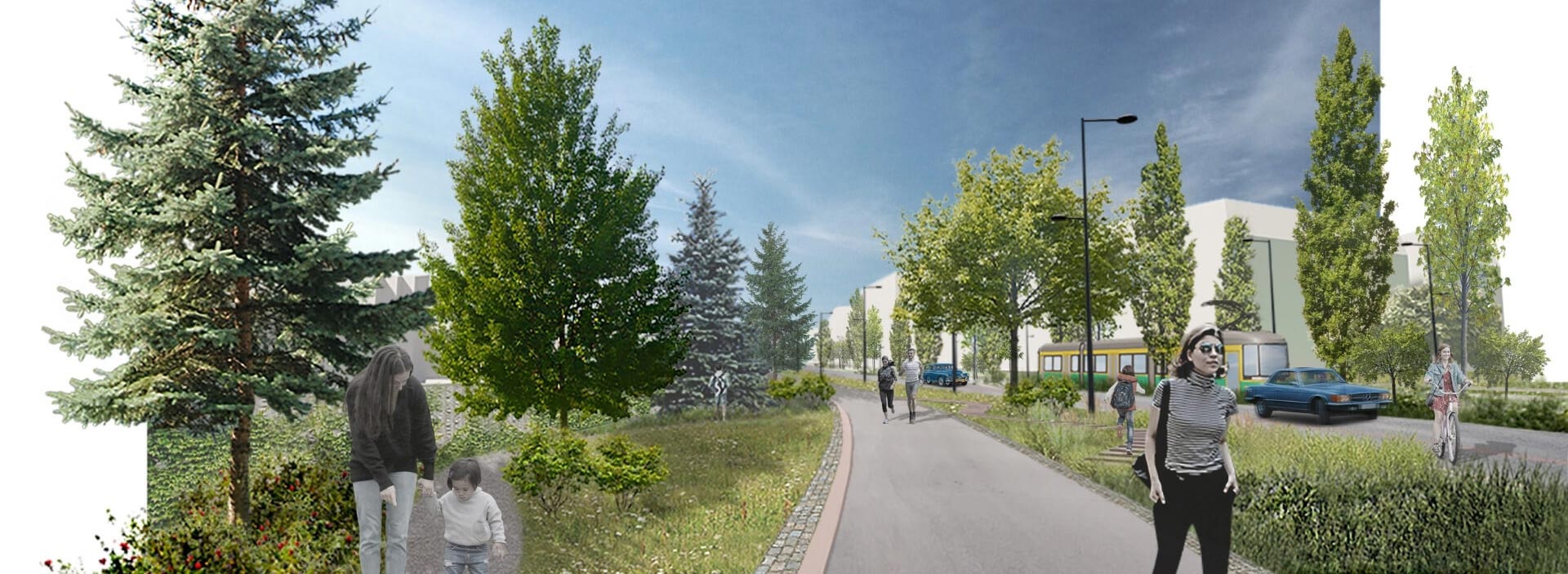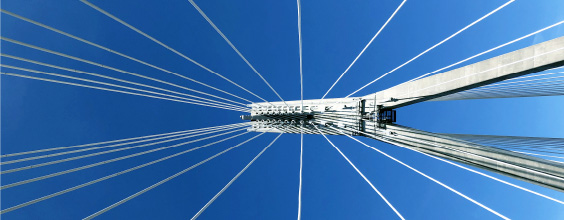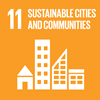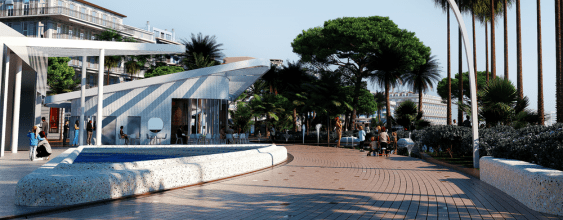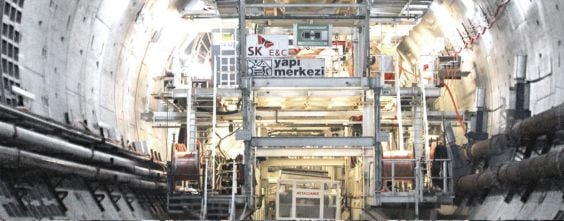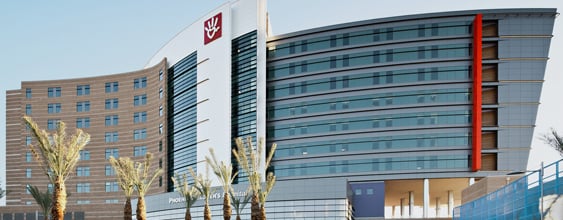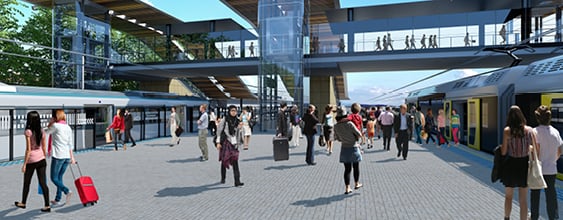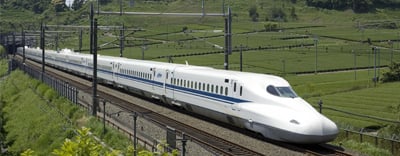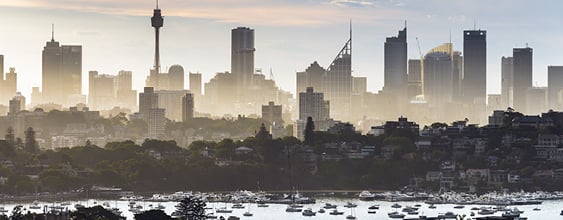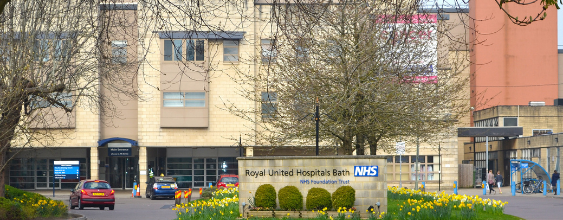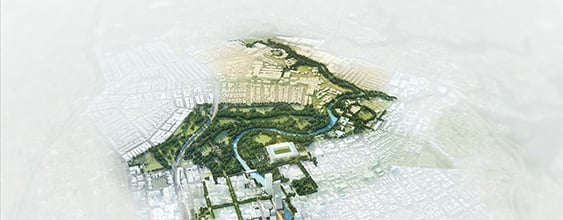Kalasatama is one of Helsinki's leading regional development projects. Over the next 20 years, the former port and industrial area will be transformed into a green enticing residential area, with thousands of new jobs planned. According to forecasts, Kalasatama will have about 25,000 residents by 2040 while 10,000 people will work in the area.
Collaboration-based urban development
This developing region needs well-functioning transport connections to support it. Being implemented using an alliance model, this major project involves the construction of a tramline from Nihti via Kalasatama to Pasila. The 4.5 km-long cross-link will connect to the existing public transport network, ensuring smooth journeys for commuters and area residents.
The city of Helsinki is being developed on a collaborative basis. Our transport, urban design and infrastructure experts are all involved in the alliance's core group, Sörkän Spora, working closely with their counterparts from Destia, Sweco and Helsinki City Hall. Let's take a trip from Kalasatama to Pasila as we get acquainted with the project with the help of our experts.
Urban planning and well-being
Embracing sustainable construction solutions, preserving biodiversity and constructing a welcoming urban environment are the guiding principles of the Kalasatama-to-Pasila project. BREEAM Infrastructure certification guides the design, procurement and construction choices, covering both social and environmental aspects.
“The Kalasatama tramline alliance project has facilitated the sharing of much wider expertise than usual. New opportunities have materialized as innovations have emerged across organizations. Regular joint planning meetings ensure that the tramline’s broader urban environment will be shaped by unified high-quality solutions,” said Pia Salmi, Project Director at WSP's Urban Design Unit.
In November 2021, the project development phase moved to the implementation phase. The goal is to complete the urban environment in 2023.
“We have started getting ready for the construction phase, including participating in the tree removal planning and preparing to transfer the trees. Along the Hermanni waterfront, the best specimens have already been selected for relocation to Vallilanlaakso,” said Pia Salmi.
She added: “Green roofs planted with drought tolerant vegetation will be installed at tram stops on the Kumpula Campus (University of Helsinki). Different plants are tested in the summer of 2022 to find the most suitable ones to be used in all the railway stops. We hope that they will be more visible from the roofs and will attract a lot of pollinators. In addition, the railway sites will be covered with grass stone in all possible areas to produce a greener end result.”
